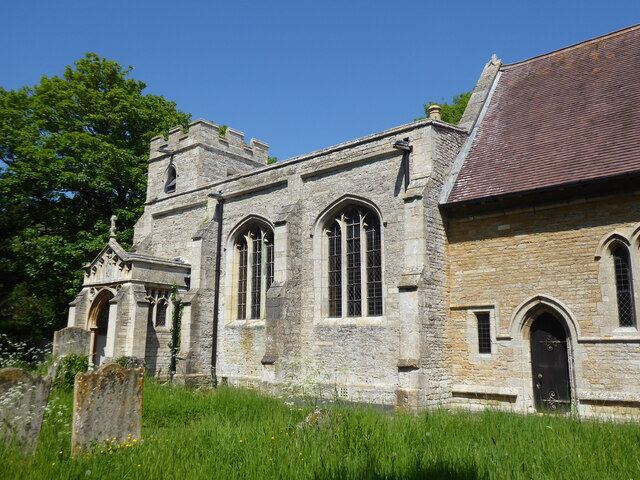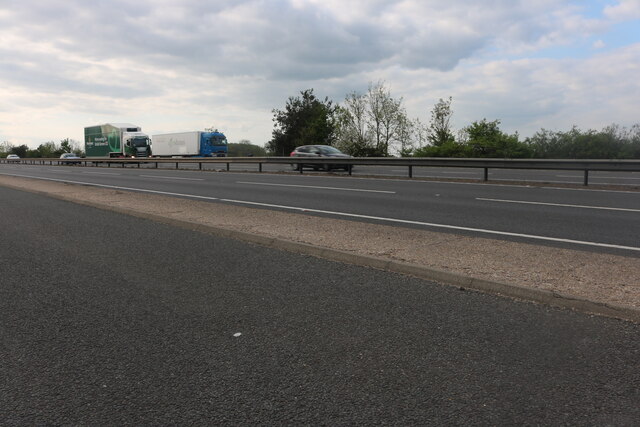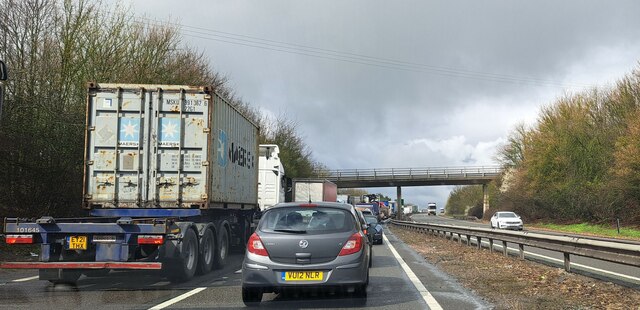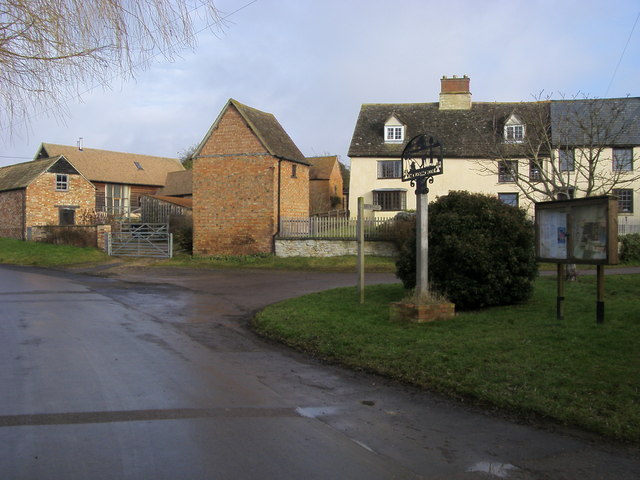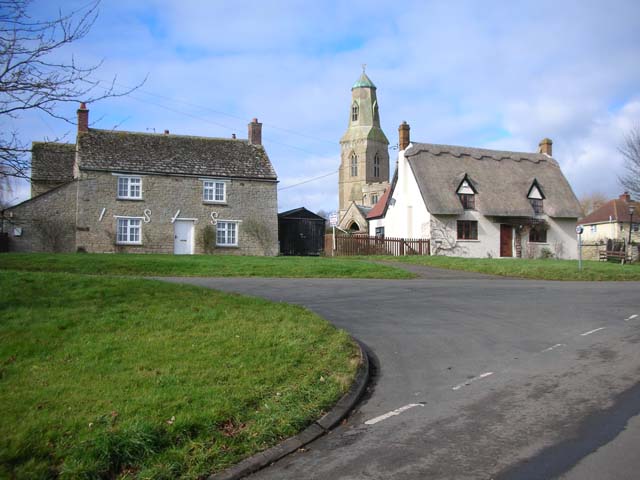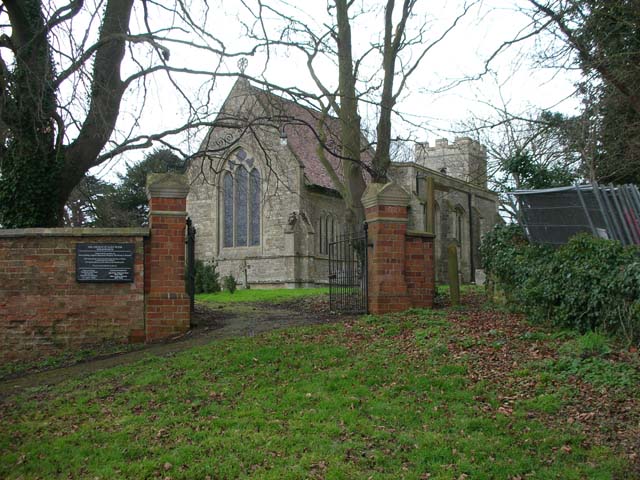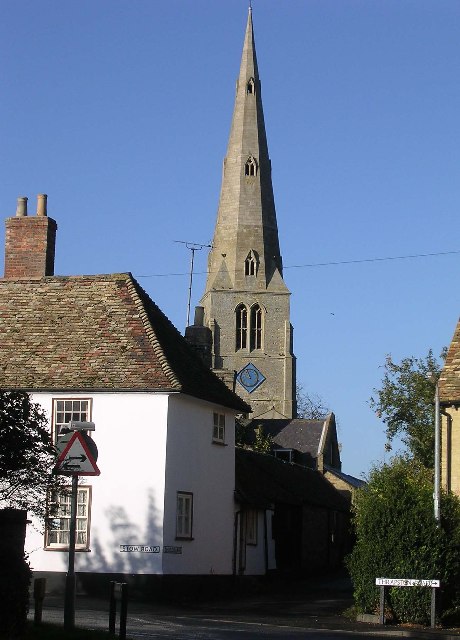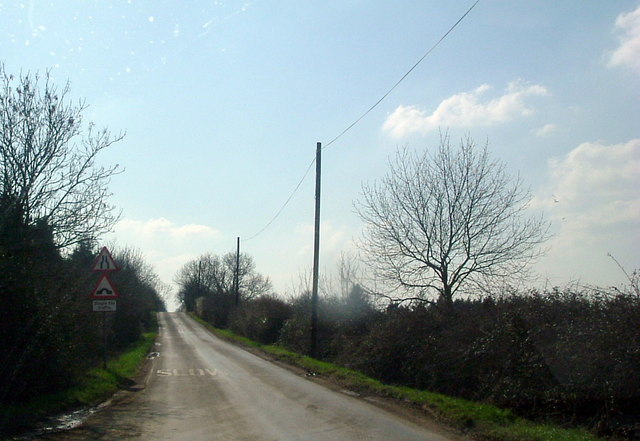Bythorn
Settlement in Huntingdonshire Huntingdonshire
England
Bythorn
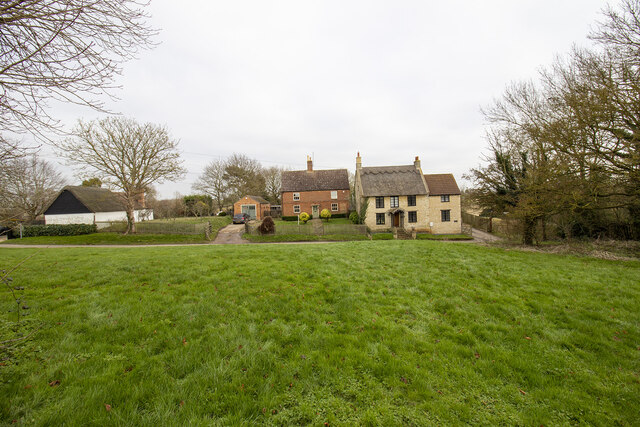
Bythorn is a small village located in the district of Huntingdonshire, in the county of Cambridgeshire, England. It lies approximately 5 miles northwest of Huntingdon and is situated in a rural area surrounded by farmland and open countryside.
The village has a population of around 200 residents, making it a tight-knit and close community. Bythorn is known for its picturesque setting, with charming thatched cottages, a quaint church, and a peaceful atmosphere. The village retains much of its historic character, with some buildings dating back to the 17th century.
Bythorn is well-connected to neighboring towns and cities, with good road links to Huntingdon and the A1 motorway. The village is also within easy reach of train stations, providing access to London and other major cities.
A notable feature of Bythorn is its proximity to the River Kym. The river runs nearby, offering opportunities for fishing, boating, and scenic walks along its banks. The surrounding countryside is ideal for outdoor activities such as hiking, cycling, and horse riding.
Although Bythorn is a small village, it has a strong sense of community and hosts various events throughout the year. These include village fairs, charity fundraisers, and social gatherings. The village also has a local pub, providing a focal point for residents and visitors to socialize and enjoy traditional pub food and drinks.
Overall, Bythorn is a charming and peaceful village, offering a tranquil escape from the hustle and bustle of nearby towns and cities, while still providing convenient access to amenities and transport links.
If you have any feedback on the listing, please let us know in the comments section below.
Bythorn Images
Images are sourced within 2km of 52.369955/-0.450344 or Grid Reference TL0575. Thanks to Geograph Open Source API. All images are credited.



Bythorn is located at Grid Ref: TL0575 (Lat: 52.369955, Lng: -0.450344)
Administrative County: Cambridgeshire
District: Huntingdonshire
Police Authority: Cambridgeshire
What 3 Words
///lightbulb.opposite.raft. Near Raunds, Northamptonshire
Nearby Locations
Related Wikis
Bythorn and Keyston
Bythorn and Keyston is a civil parish in the Huntingdonshire district of Cambridgeshire, England. According to the 2001 census the parish had a population...
Bythorn
Bythorn is a village and former civil parish, now in the parish of Bythorn and Keyston, in Cambridgeshire, England. Bythorn lies approximately 11 miles...
Molesworth, Cambridgeshire
Molesworth is a village and former civil parish, now in the parish of Brington and Molesworth in Cambridgeshire, England. Molesworth is 10 miles (16 km...
Keyston
Keyston is a village and former civil parish, now in the parish of Bythorn and Keyston, in Cambridgeshire, England. Keyston lies approximately 12 miles...
Brington, Cambridgeshire
Brington is a village and former civil parish, now in the parish of Brington and Molesworth, in Cambridgeshire, England. Brington lies approximately 9...
RAF Molesworth
Royal Air Force Molesworth or more simply RAF Molesworth is a Royal Air Force station located near Molesworth, Cambridgeshire, England with a history dating...
Catworth
Catworth is a village and civil parish in Cambridgeshire, England. Catworth lies approximately 9 miles (14 km) west of Huntingdon. The civil parish covers...
Raunds railway station
Raunds railway station is a railway station that once served the town of Raunds in Northamptonshire, England. The railway station was an intermediate stop...
Nearby Amenities
Located within 500m of 52.369955,-0.450344Have you been to Bythorn?
Leave your review of Bythorn below (or comments, questions and feedback).
